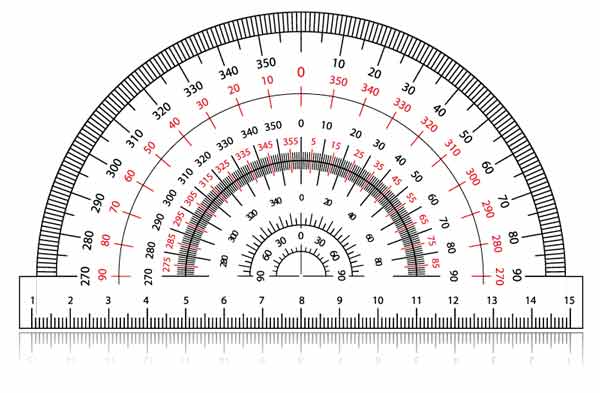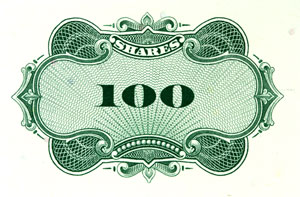
- Accruals
-
Accruals are the balance sheet accounts that show accrued charges and revenue. Those accounts include among others trade payables, receivables, tax liabilities and interest.
Example:
- "Accrued payables" are accrued unpaid debts, for ex. rent, that are recorded as debt in the balance sheet.
- "Accrued receivables" are accrued claims that have not yet been paid, for ex. trade payables, and are recorded as assets in the balance sheet.
- "Accrued revenues" are revenues that have not yet been invoiced or paid. They are recorded as assets in the balance sheet.
See also "Accrual accounting".
- See also
- Next
- Accrual accounting
Image: Adobe Stock







